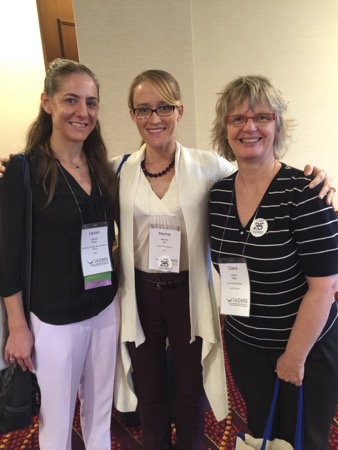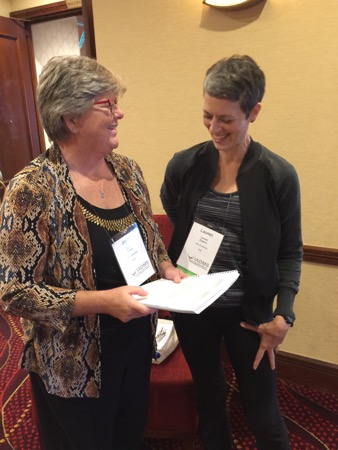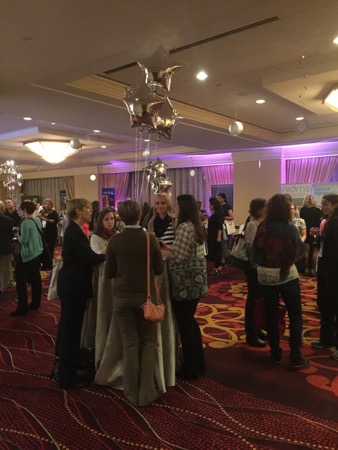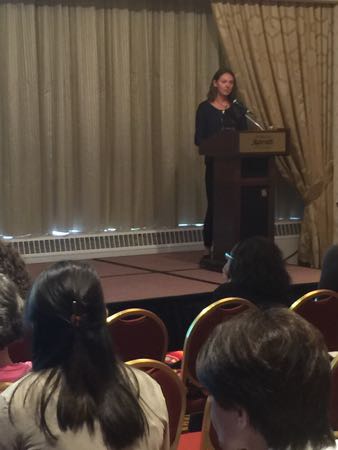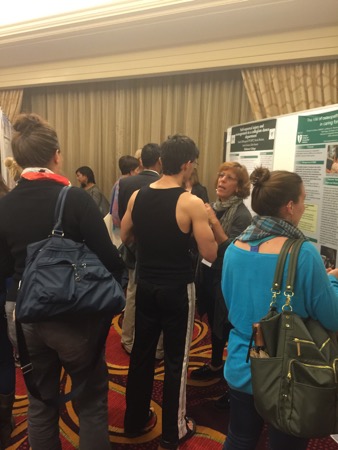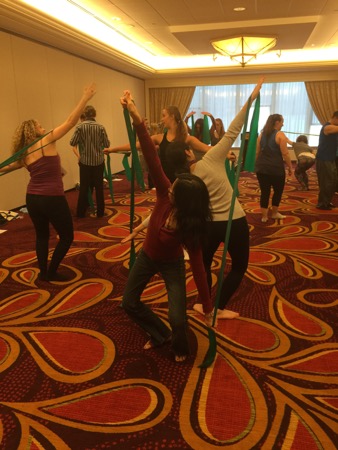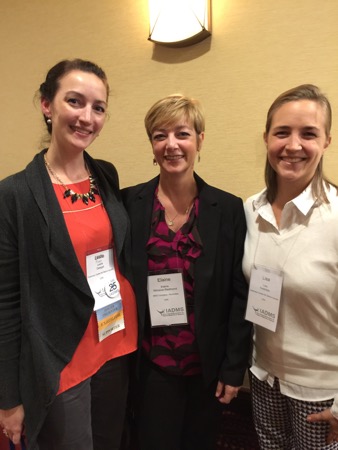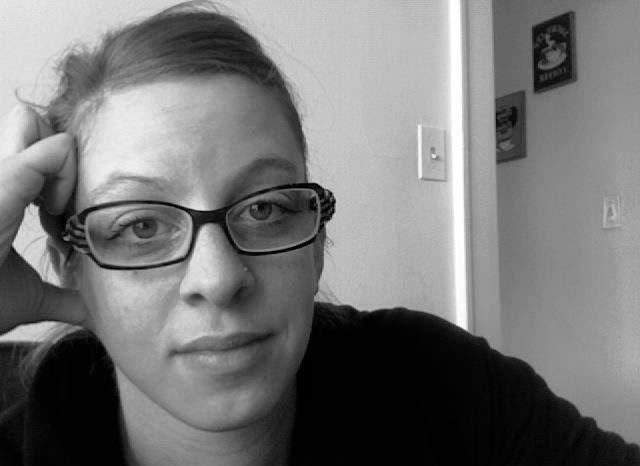
Co-chair: Nancy Kadel, MD (Seattle)
Co-chair, Treasurer, Screening Co-chair: Heather Herod Cole, PT, COMT, CPI (Nashville)
Secretary: Kathleen Davenport, MD (Miami)
Screening Co-chair: Mandy Blackmon, PT, DPT – (Atlanta)
I’m pleased to be able to share information about the Taskforce and their work in dance medicine — please pass it on! – Jan Dunn, MS, Dance Wellness Editor
Dance/USA is a national service organization for professional dance – membership is open to dance company directors / managers / agents / producers and presenters / service organizations, as well as individual dance artists and students. The website’s home pages gives the Vision and Mission Statement:
Vision:
Propelled by our belief that dance can inspire a more just and humane world, Dance/USA will amplify the power of dance to inform and inspire a nation where creativity and the field thrive.
Mission:
Dance/USA champions an inclusive and equitable dance field by leading, convening, advocating, and supporting individuals and organizations. Dance/USA’s core programs are focused in the areas of engagement, advocacy, research and preservation.
- Engagement: Dance/USDA engages and activates its network through meaningful programs, convening, and educational opportunities.
- Advocacy: Dance/USA advocates for the increased visibility of, and engagement in, dance and for government policies that positively impact the dance field on a national, regional, and local level. In this area, the organization maintains an office in Washington, DC, to represent and advocate for the field of dance in Congress.
- Research: Dance/USA provides rigorous, relevant, and accessible research for the dance field.
- Preservation: Dance/USA provides resources and programs to advance the archiving and preservation of America’s dance legacy.
The Taskforce on Dancer Health is composed of medical professionals, all volunteer, who work directly with professional dance companies and professional dancers across the USA and Canada. Their mission is to maintain the health, safety, and well being of professional dancers, and it was formed in the winter of 2005 at the request of the Council of Managers for Dance/USA.
The Goals of the Taskforce are to provide experienced and expert health information and support to professional dance companies of all sizes and budgets (and genres). Two of their major efforts are in helping companies establish an Annual Post-Hire Health Screen, and a three-year project to track injury patterns in professional dance companies.
The Screening’s primary purpose is designed to detect potentially life-threatening or disabling medical or musculoskeletal conditions that might limit the dancer’s safe participation in their dance work. In addition, it is designed to determine the general overall health and fitness level, and to make recommendations based on the information gleaned in the Screen. On this website, 4dancers.org, we have had previous articles on screening and why it is an important tool for all dancers–professional or not. Currently there are over 30 professional companies which participate in the Dance/USA Screening Program.
Informational Papers:
An additional goal of the Taskforce is to serve as a resource for information on health and wellness. To that end, there are free informational papers available on the website. They are not meant to take the place of the advice of a medical professional. These papers are brief overviews of different topics, all written in everyday language — current papers are:
- Vitamin D and Calcium: Tips for Dancers
- Dancer Health Tips: Heat Illness and Hydration
- Dancer Health Tips: Backstage First Aid Kit Necessities
- Dancer Health Tips: Staying Healthy on Tour
- Tips for Dancers on Anxiety
- Tips on Depressive Illness for Dancers
- Tips on Concussions for Dancers
New papers are released on the website and updated throughout the year, so it’s a good idea to check back periodically and see if there is new information to be found.
Dance/USA and the Taskforce on Dancer Health provide excellent resources for the dance world. Clearly it is aimed at professional dancers, but the information provided is valuable to studio teachers as well – especially in terms of the screens and informational papers. If you are not already familiar with it, I encourage you to take a look.
Here is a direct link to this section of the website.
For further questions contact: dancerhealth@danceusa.org







